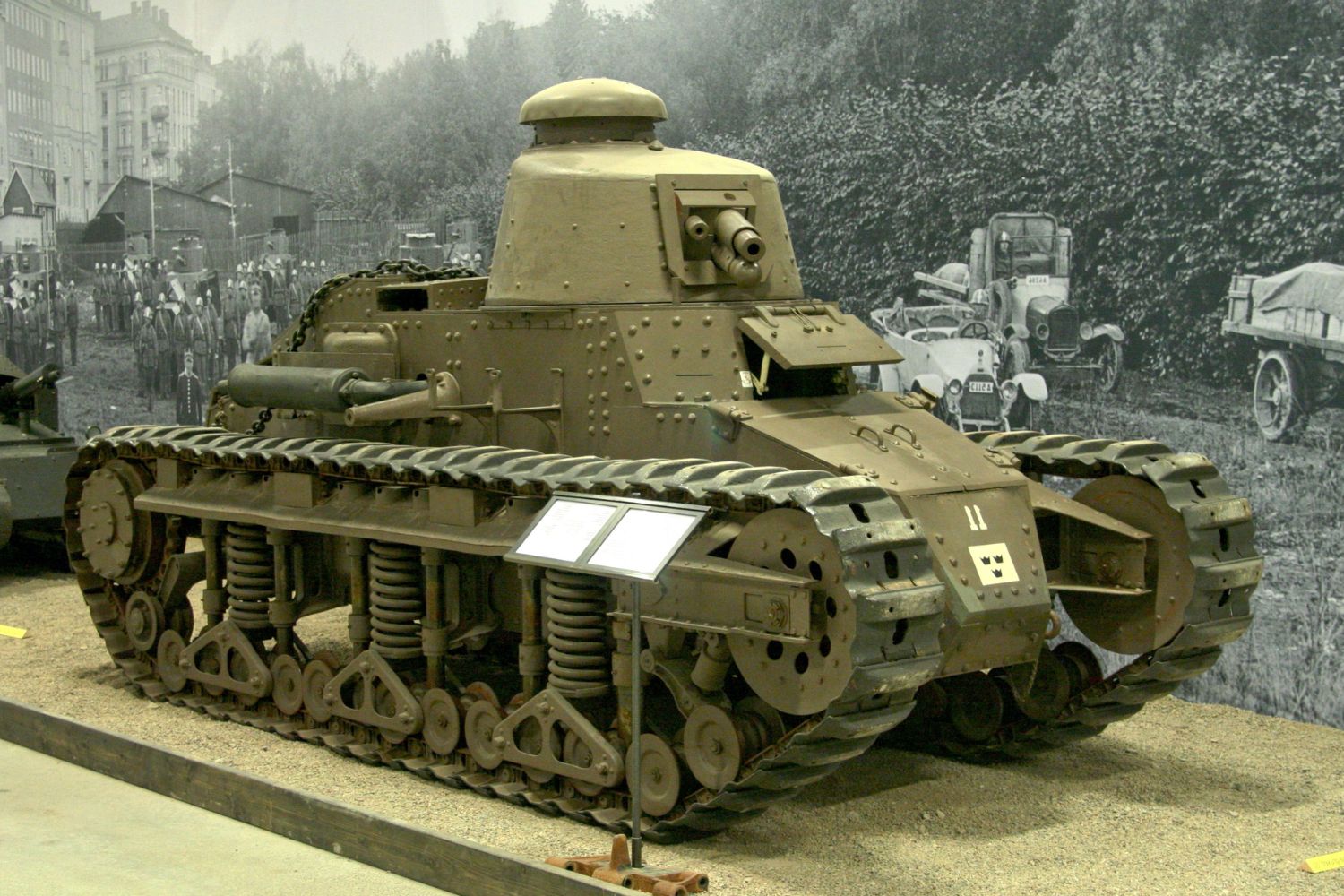
Char NC1 is a fascinating subject that combines elements of technology, history, and culture. But what exactly is it? Char NC1 is a unique character encoding system used in computing to represent text. It plays a crucial role in how computers process and display information. This encoding system ensures that text data is accurately represented across different platforms and devices. Understanding Char NC1 can help you grasp the complexities of digital communication and data processing. Whether you're a tech enthusiast or just curious, these 25 facts will provide a comprehensive overview of Char NC1 and its significance in the digital world.
What is Char Nc1?
Char Nc1 is a fascinating subject with many intriguing details. Let's dive into some interesting facts about it.
-
Char Nc1 is a type of fish found in cold, freshwater environments. These fish thrive in cold waters, often found in lakes and rivers in the northern hemisphere.
-
They belong to the salmon family. Char Nc1 shares many characteristics with salmon, including their migratory patterns and spawning habits.
-
Char Nc1 can change color. Depending on the season and their environment, these fish can alter their coloration, making them quite unique.
-
They are known for their distinctive spots. Char Nc1 has a pattern of spots on their bodies, which can vary in size and color.
-
These fish are highly adaptable. Char Nc1 can survive in a variety of conditions, from deep, cold lakes to fast-flowing rivers.
Habitat and Distribution
Understanding where Char Nc1 lives and how they adapt to their environment is crucial.
-
Char Nc1 is native to the Arctic and sub-Arctic regions. They are commonly found in countries like Canada, Russia, and Norway.
-
They prefer cold, oxygen-rich waters. These fish thrive in environments where the water temperature remains low throughout the year.
-
Char Nc1 can be found at various depths. They are known to inhabit both shallow and deep waters, depending on the season and availability of food.
-
They migrate to spawn. Like salmon, Char Nc1 travels long distances to reach their spawning grounds, often returning to the same location each year.
-
They are found in both freshwater and saltwater. While primarily a freshwater fish, Char Nc1 can also be found in brackish and saltwater environments during certain stages of their life cycle.
Diet and Feeding Habits
The diet of Char Nc1 is diverse and changes with their environment and life stage.
-
Char Nc1 are opportunistic feeders. They eat a wide variety of prey, including insects, crustaceans, and smaller fish.
-
Their diet changes with the seasons. During the summer, they primarily feed on insects and plankton, while in the winter, they consume more fish and crustaceans.
-
They have a keen sense of smell. This helps them locate food even in murky waters.
-
Char Nc1 can fast for long periods. During migration or when food is scarce, they can survive without eating for extended periods.
-
They use their sharp teeth to catch prey. Their teeth are well-adapted for gripping and tearing, making them effective hunters.
Reproduction and Lifespan
The reproductive habits and lifespan of Char Nc1 are equally fascinating.
-
Char Nc1 spawns in the fall. They lay their eggs in gravel beds in rivers and streams.
-
Females can lay thousands of eggs. A single female can produce between 1,000 and 5,000 eggs during a spawning season.
-
The eggs hatch in the spring. After a period of incubation, the eggs hatch into fry, which then begin their journey to adulthood.
-
Char Nc1 has a relatively long lifespan. They can live up to 20 years in the wild, although most live between 10 and 15 years.
-
They reach sexual maturity at around 3-5 years old. Once mature, they participate in the annual spawning migrations.
Conservation and Threats
Like many species, Char Nc1 faces several threats that impact their populations.
-
Climate change affects their habitat. Rising temperatures and changing precipitation patterns can alter the cold-water environments they depend on.
-
Overfishing is a significant threat. In some areas, Char Nc1 populations have declined due to excessive fishing.
-
Pollution impacts their health. Contaminants in the water can affect their reproductive success and overall health.
-
Habitat destruction is a major concern. Activities like dam construction and deforestation can disrupt their spawning grounds and migration routes.
-
Conservation efforts are underway. Various organizations are working to protect Char Nc1 through habitat restoration, fishing regulations, and research initiatives.
Final Thoughts on Char NC1
Char NC1 is a fascinating subject with many layers. From its origins to its unique properties, there's a lot to appreciate. This material stands out for its versatility and strength, making it a valuable resource in various industries. Whether you're a student, a professional, or just curious, understanding Char NC1 can offer new insights into material science.
It's not just about the technical details; it's also about how this material impacts our daily lives. From construction to technology, Char NC1 plays a crucial role. So next time you encounter this term, you'll know it's more than just a name—it's a game-changer in the world of materials. Keep exploring, stay curious, and you'll always find something new to learn.
Was this page helpful?
Our commitment to delivering trustworthy and engaging content is at the heart of what we do. Each fact on our site is contributed by real users like you, bringing a wealth of diverse insights and information. To ensure the highest standards of accuracy and reliability, our dedicated editors meticulously review each submission. This process guarantees that the facts we share are not only fascinating but also credible. Trust in our commitment to quality and authenticity as you explore and learn with us.
